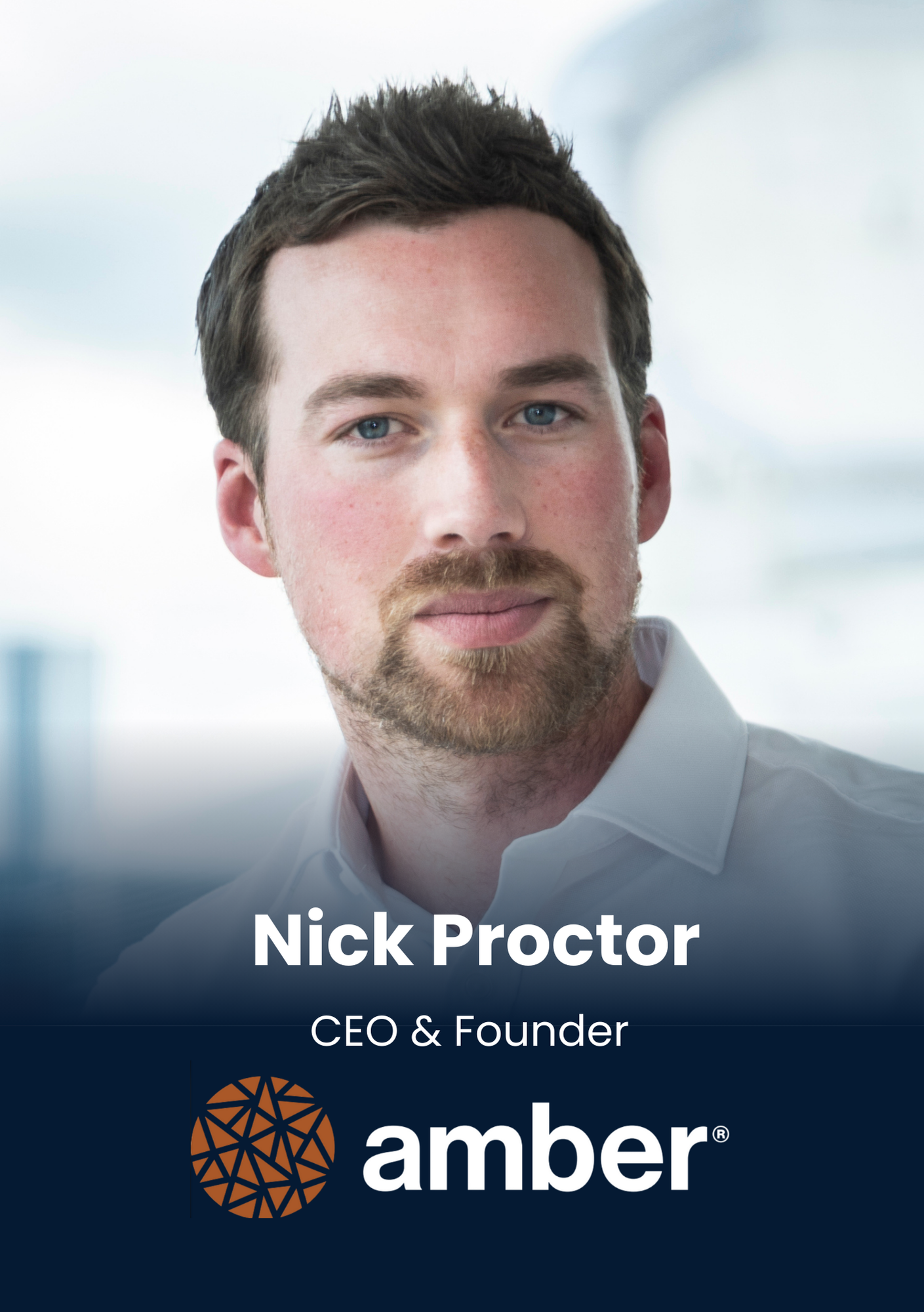
Shared 21 August, 2024
PropTech Connect » News & Insights » News
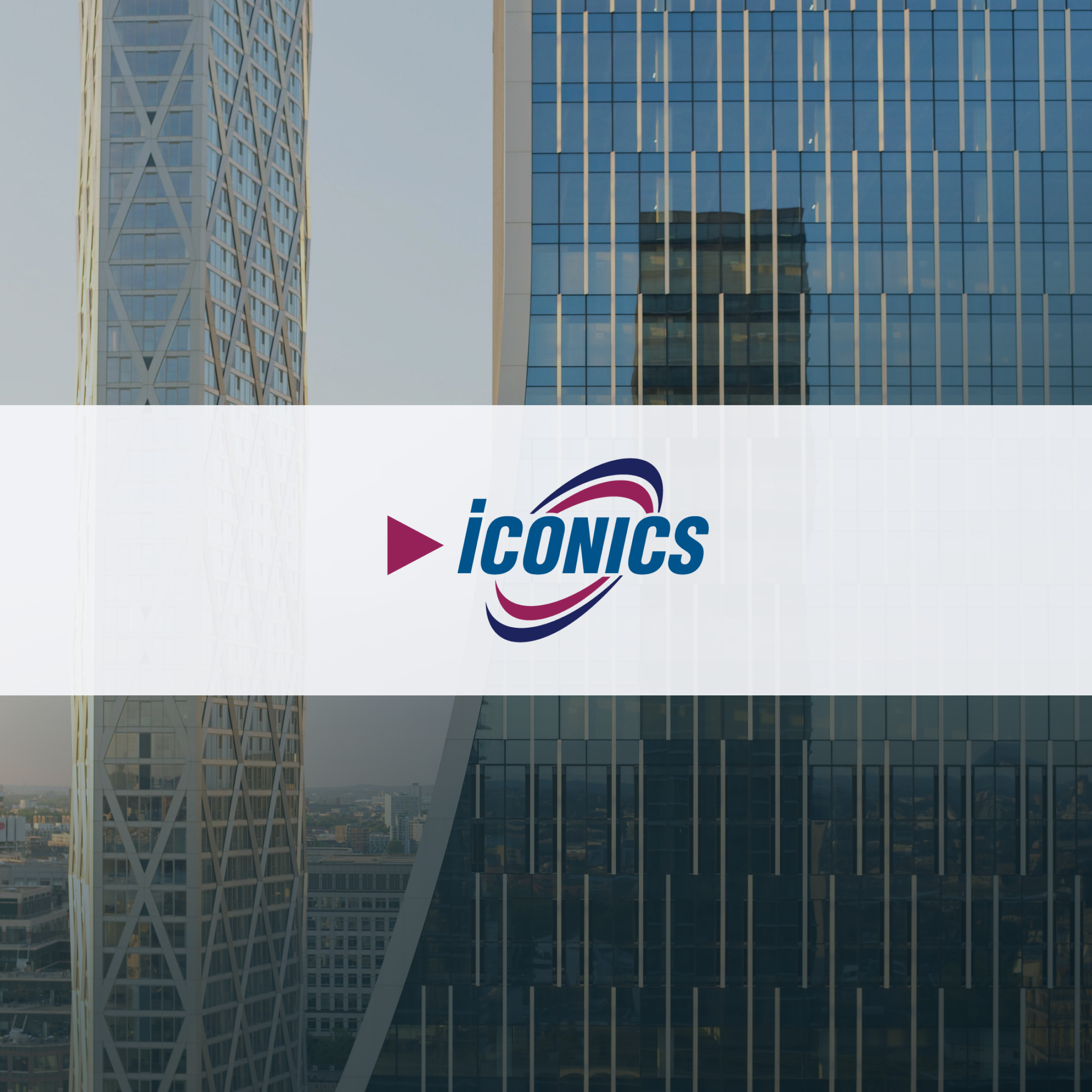
When landlords and tenants join forces on digital initiatives, the benefits are game-changing—for office workers, visitors, building professionals, and the planet. The outdated, arm’s-length landlord-tenant relationship is giving way to a future where technology bridges gaps and drives positive, productive collaboration.
“Give Me My Data” – a Tenant’s Wish and Right
In the past, the relationship between landlords and tenants in commercial real estate (CRE) has often been marked by a lack of communication and misaligned goals. Tenants typically account for more than half of a building’s energy consumption and carbon footprint, yet they frequently lack access to essential data from base building systems like Building Management Systems (BMS) or submeters. Nobody likes being hit with a utility bill they had no control over.
How often have we heard landlords or BMS vendors say they “don’t support,” “can’t access,” or “won’t share” data or application programming interfaces (APIs)? Unfortunately, this data availability issue extends beyond just energy performance and mechanical control. It extends to digital services such as indoor air quality (IAQ) monitoring, visitor management, and access control—areas where tenants stand to benefit the most but often struggle to access the information they need. While some landlords are ahead of the curve, embracing digital innovation and smart readiness, tenants shouldn’t have to fight for access to data that’s crucial to their operations or navigate endless IT obstacles to integrate systems that could bridge the landlord-tenant demise.
The Push for Data Transparency and Collaboration
The data is there—it’s just not always shared securely or in a modern IT-friendly way. Local energy codes are increasingly demanding more submeters in both new and retrofitted buildings. For instance, New York City’s Local Law 88 has required tenant submeters since 2015. A portion of the problem therein lies in education. If landlords understood that, say, monitoring and sharing IAQ data could lead to significant Heating, Ventilation, and Air Conditioning (HVAC )cost savings, they might be more open to transparent data sharing with tenants. This is where collaborative initiatives like green lease programs have proved useful, offering shared incentives that encourage both parties to pursue carbon-saving measures based on available data.
Leveraging Building Operating Systems (BOS) for Seamless Integration
Are you a landlord looking to elevate your Tenant Experience (TeX) and Environmental, Social, and Governance (ESG) goals? Enter the era of the Building Operating Systems (BOS), an enterprise data layer that orchestrates, models, and securely exposes Facility Management (FM), IoT, and Workplace data at scale. These edge-to-cloud systems, made up of building automation protocols and lightweight IoT-friendly data standards, make data quickly accessible to those who need it. With a quick time to value, a BOS can deliver three immediate benefits to landlords:
An API-First Data Platform for Tenants: Deliver digital-ready CAT B spaces quickly and efficiently with an API-first approach, enabling secure data sharing with tenants. Say goodbye to cumbersome point-to-point integrations and endless data access requests.
Automated Benchmarking: While some tenants may hesitate, ensuring anonymity at the portfolio level can unlock valuable insights. Benchmarking energy consumption across similar spaces can reveal surprising differences and opportunities for improvement.
Seamless App Experiences: Tenant-level apps can seamlessly integrate with landlord apps for access control, visitor management, and more, creating a unified, frictionless experience.
By enhancing the tenant experience, landlords can deliver core building services more effectively as well as increase the appeal of their properties, leading to higher occupancy rates and better carbon performance.
Rethinking Real Estate Perspectives
Landlords often view buildings vertically, managing one or more property with multiple tenants, while tenants think horizontally, leasing spaces from various landlords across locations. As the digital revolution reshapes CRE, these worldviews are starting to align. But to truly innovate, we must move beyond a 3D view to 4D—seeing real estate as dynamic ecosystems that evolve over time, integrating the changing needs of landlords, tenants, and digital readiness.
For years, ICONICS has been at the forefront of integrating with leading PropTech systems—BMS, access control, visitor management, IAQ monitoring, occupancy sensors, grid interaction, and more. Through collaboration with Mitsubishi Electric and their partners, ICONICS is helping landlords and tenants create a frictionless smart building experience.
Ready to take the next step? You can reach out to them to learn how they can help bridge the gap and unlock the full potential of your properties.
Written by Sam Walton, ICONICS
Join our community of 200,000+ real estate leaders and get weekly insights and updates with our newsletter.

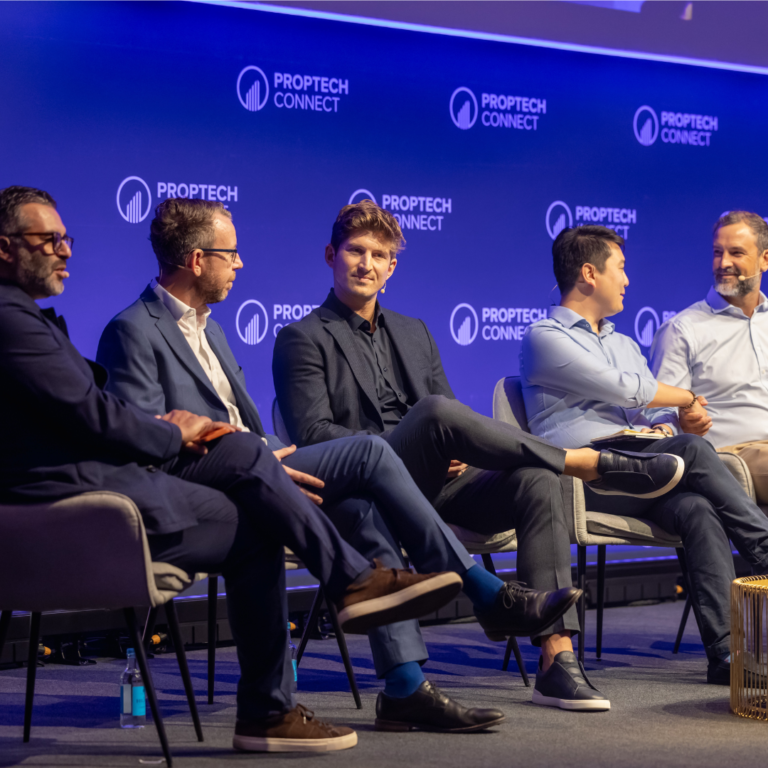

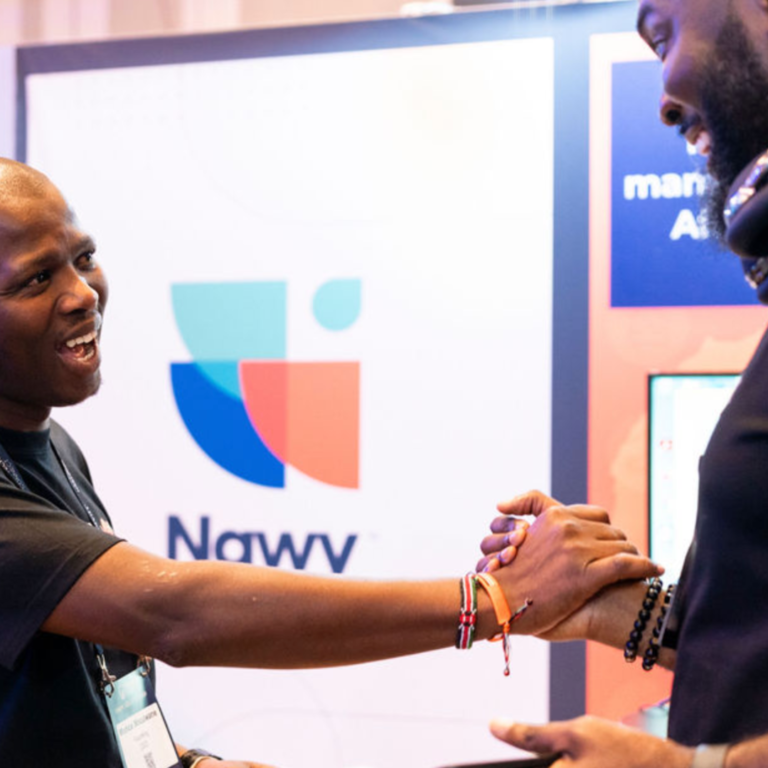
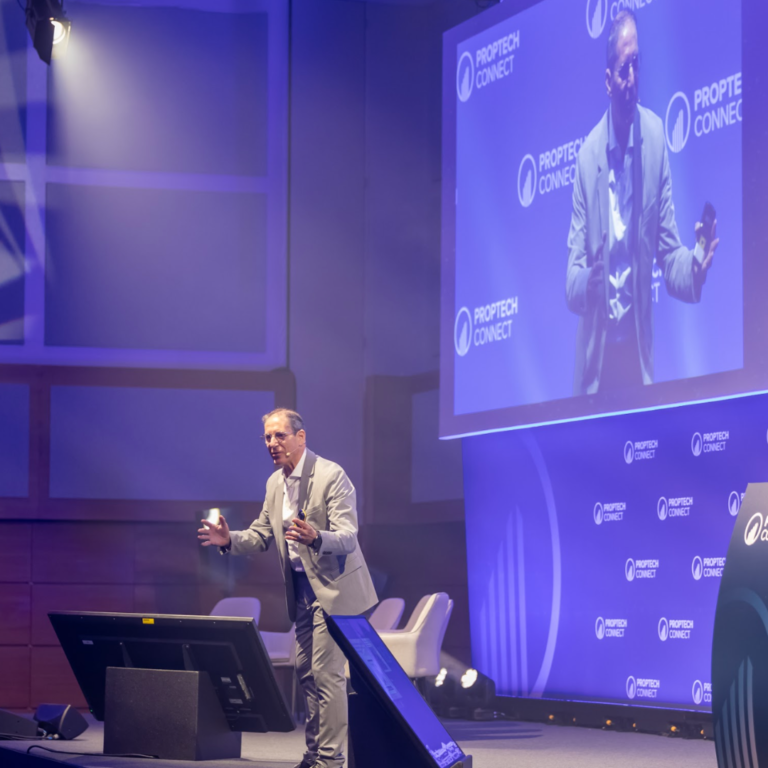
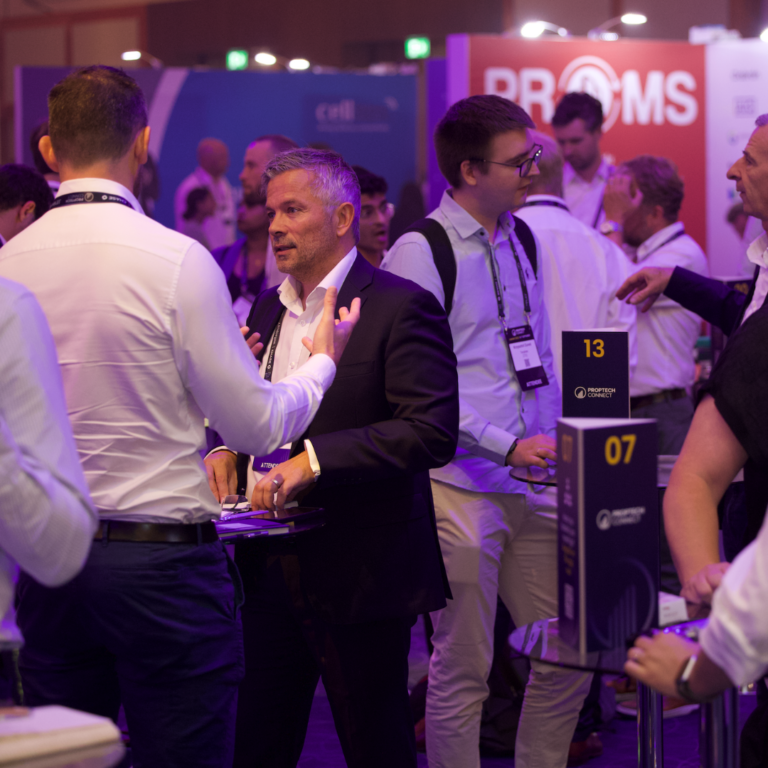


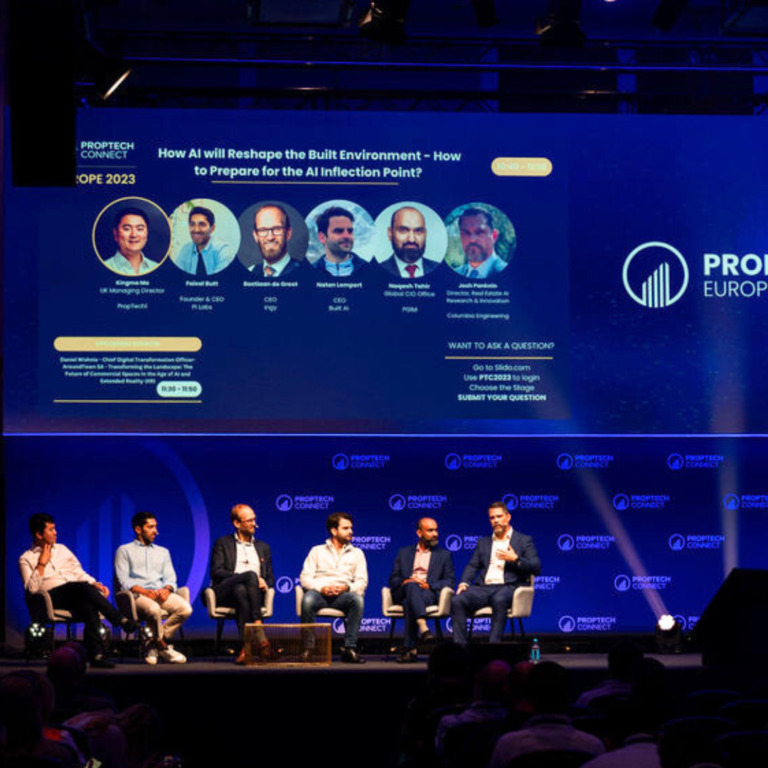
*Offer ends on Friday, 7th February.
